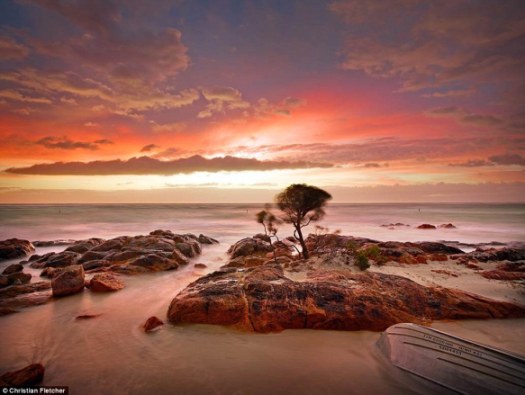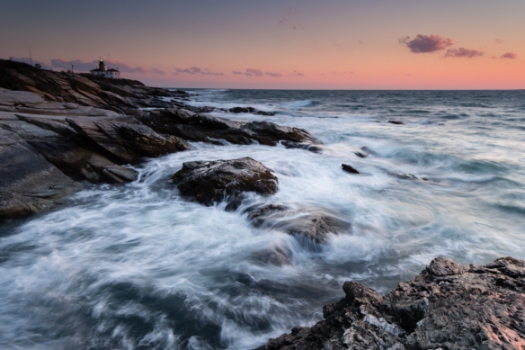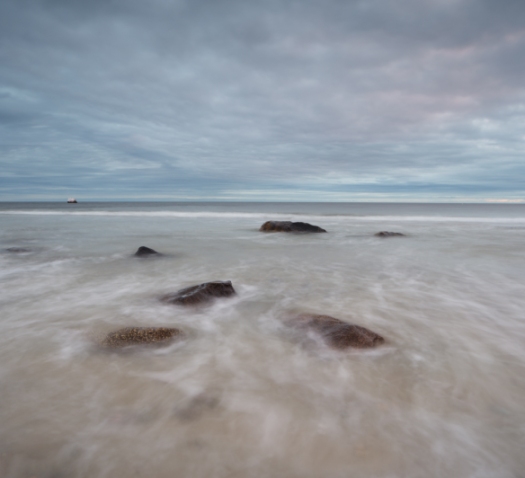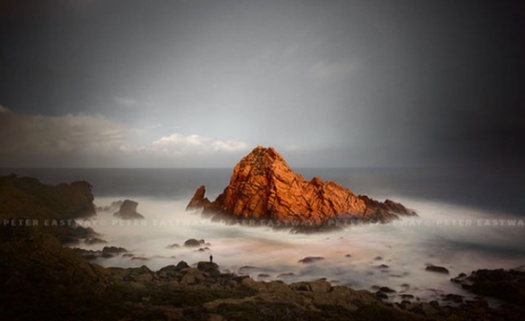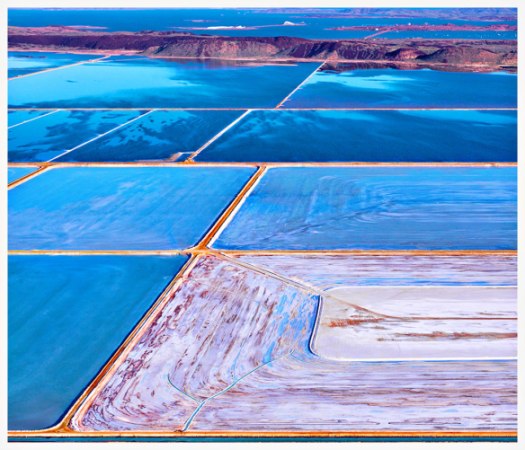A section in a book that I’m reading at the moment provided a twist to the ‘you’re the average of the 5 people you spend most time with‘ idea that has been circling the internet for several years now. Specifically it said that if you’re the smartest person you know then you need to get to know some more people, if you’re the most creative person you know then you need to get to know some more people and went on like that for quite a bit. It’s funny that the Ninety Degrees Five group is five people – all are very talented and successful, if the alphabet soup of letters that they are able to append to their names is anything to go by – I wouldn’t mind being the average of this group by any means!
Of this group Christian Fletcher recently won Western Australian Landscape photographer of the year and International Landscape photographer of the year. He’s based in Dunsborough in South Western Australia, which looks like a fantastic part of the world if his photographs are anything to go by and is now on my list of places to visit. Christian seems to work predominantly with digital medium format cameras, which allows him to create large prints of his work, working with photoshop to fully extract the potential in each of his images. Check out the videos below to hear more from Christian himself.
Phase One – Christian Fletcher from Michael Fletcher on Vimeo.

